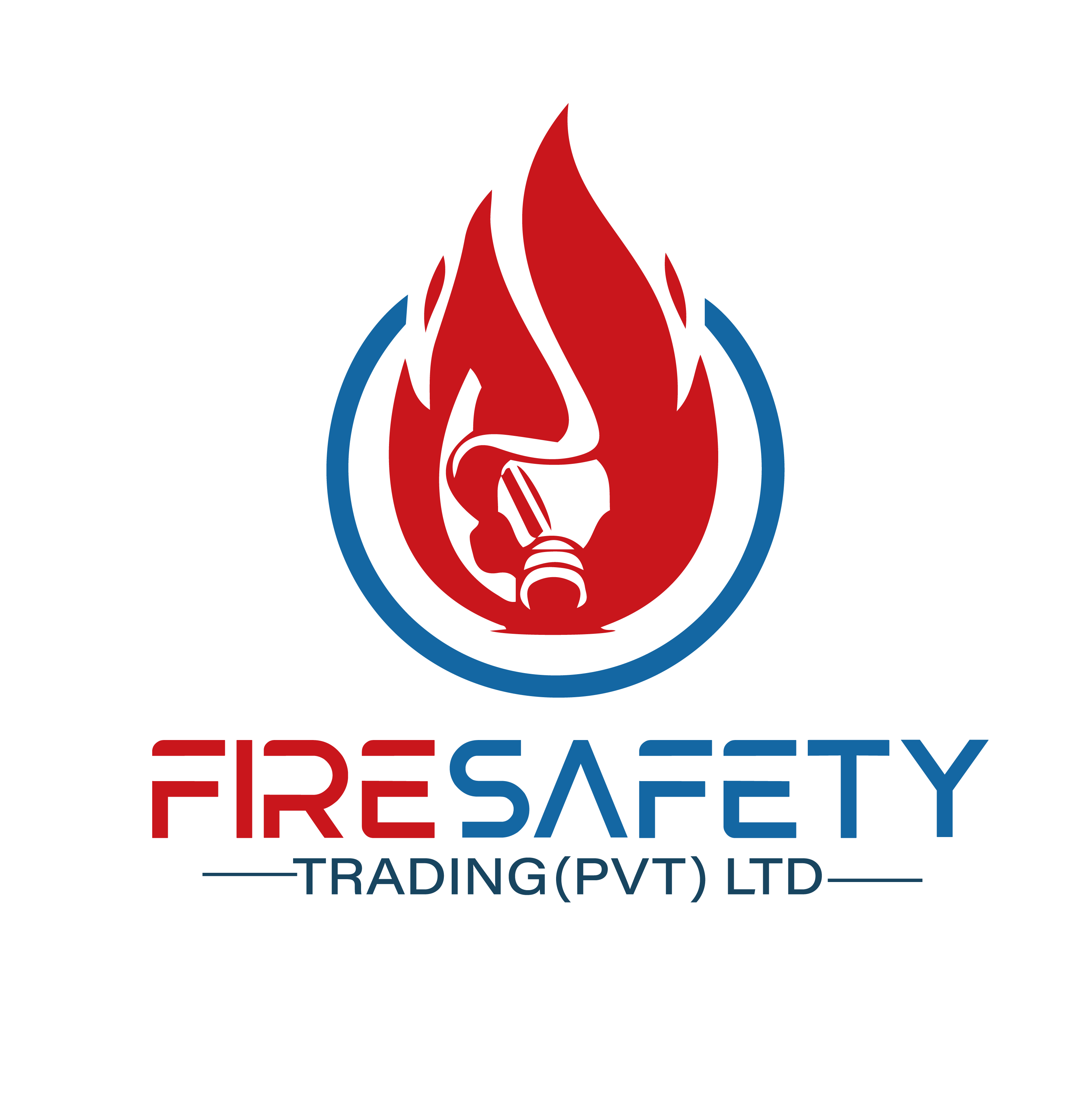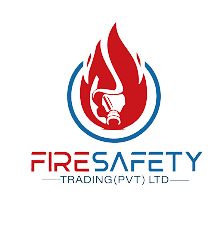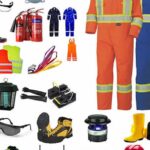Fire accidents are unpredictable, fast-spreading, and often devastating. In just a few minutes, an uncontrolled fire can damage property, endanger lives, and cause financial losses. This is why fire safety equipment plays a crucial role in protecting people and minimizing risks. From simple smoke detectors at home to advanced fire suppression systems in industries, these tools are designed to detect, control, and extinguish fires effectively.
In this article, we will explore what fire safety equipment is, why it is essential, the different types available, and how they contribute to overall fire protection. Whether you’re a homeowner, business owner, or safety officer, understanding this equipment can literally save lives.
Why Fire Safety Equipment Matters
Fires are one of the most common emergencies worldwide. According to the National Fire Protection Association (NFPA), residential fires account for thousands of deaths and billions of dollars in damages every year. Most of these incidents could have been reduced or prevented with proper fire safety tools.
In Pakistan and across the globe, fire safety laws and building codes now require organizations, offices, and even residential complexes to maintain certain firefighting equipment. Having the right equipment is not just about legal compliance, it’s about protecting your loved ones, employees, and property.
Main Types of Fire Safety Equipment
Fire safety equipment can be broadly divided into detection, suppression, and protection tools. Below, we’ll explore each category in detail.
1. Fire Extinguishers
Perhaps the most well-known tool, fire extinguishers are portable devices used to put out small fires. They come in various types, each designed for specific fire classes:
- Water Extinguishers: For Class A fires (wood, paper, cloth).
- CO₂ Extinguishers: Best for electrical fires.
- Foam Extinguishers: Effective against flammable liquids.
- Dry Powder Extinguishers: Multipurpose, covering several fire types.
Example: A small electrical spark in an office can be quickly controlled using a CO₂ fire extinguisher, preventing it from spreading into a major incident.
2. Fire Alarms & Smoke Detectors
Early warning saves lives. Smoke detectors and fire alarm systems alert occupants as soon as smoke or heat is detected. These alarms can be:
- Ionization Smoke Alarms: Detect fast-flaming fires.
- Photoelectric Alarms: Better for smoldering fires.
- Combined Alarms: Provide all around detection.
Most commercial buildings are required to have fire alarm systems connected to sprinklers for maximum safety.
3. Fire Sprinkler Systems
A fire can double in size every minute. Automatic sprinkler systems release water immediately when high heat is detected, suppressing flames before they spread. Research shows that sprinkler systems reduce fire-related deaths by up to 80%.
4. Fire Hose Reels & Hydrants
These are essential in large buildings, factories, and public spaces. Fire hose reels provide a continuous water supply, while hydrants allow firefighters to connect their hoses for stronger water pressure.
5. Fire Blankets
A fire blanket is a simple yet effective tool, often used in kitchens. It can smother small flames, especially grease fires, by cutting off oxygen supply.
6. Emergency Exit Signs & Lighting
During a fire, panic and darkness can make evacuation difficult. Emergency lights and glowing exit signs guide people safely out of the building, reducing the risk of stampedes or being trapped.
7. Fire Suppression Systems
In high-risk industries such as server rooms, oil refineries, and chemical plants, water may not be suitable for firefighting. Instead, gas based suppression systems (FM-200, Inergen, CO₂) or foam systems are installed.
8. Personal Protective Equipment (PPE)
Firefighters and rescue teams use specialized gear such as:
- Fire-resistant suits
- Helmets & gloves
- Respiratory masks
This equipment ensures they can safely fight fires and rescue victims.
Tips for Choosing the Right Fire Safety Equipment
- Assess Risks: Different environments require different tools. A kitchen may need a fire blanket, while an office requires CO₂ extinguishers.
- Compliance Check: Follow local fire safety regulations in your city or country.
- Quality Matters: Always choose certified equipment from trusted suppliers.
- Regular Maintenance: Fire extinguishers should be refilled annually and alarms tested monthly.
- Employee Training: Even the best equipment is useless if people don’t know how to use it.
Advantages of Fire Safety Equipment
- Prevents fire escalation before firefighters arrive.
- Protects human lives by providing early warning and escape assistance.
- Minimizes property damage and financial losses.
- Legal compliance ensures businesses avoid penalties.
- Peace of mind knowing that safety measures are in place.
Common Mistakes to Avoid
- Neglecting regular inspection and servicing.
- Placing extinguishers in hidden or hard to reach areas.
- Using the wrong extinguisher type for a fire.
- Failing to train staff and family members on emergency response.
Conclusion
Fires may be unpredictable, but they don’t have to be unstoppable. With the right fire safety equipment, from extinguishers and alarms to sprinklers and hydrants, you can safeguard lives, property, and peace of mind.
Remember: safety is an investment, not an expense. Take proactive steps today by equipping your home, office, or business with reliable fire safety tools, and ensure they are regularly maintained.
If you are in Pakistan, especially in cities like Islamabad, Lahore, or Karachi, consult a professional fire safety service provider to get the right equipment and training for your needs.





